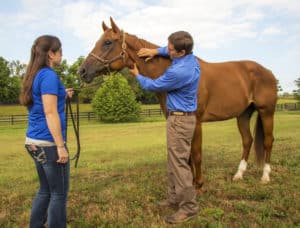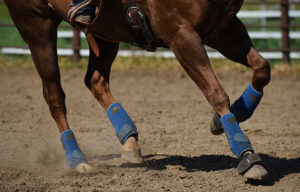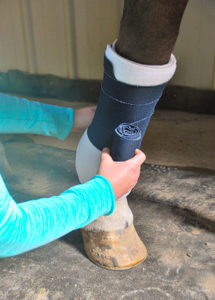Rabies in Horses
- Topics: Rabies, Vaccinations
Rabies, an old and clever virus, is making a resurgence in parts of the United States. While the number of rabies cases in animals might seem relatively small, and the number of cases in humans minuscule, the public health costs and implications are much larger.
In 1994, the last year for which accurate counts are available, some 8,224 cases of animal rabies (42 in horses) were reported in the 48 contiguous states, Washington D.C., and Puerto Rico. That year, six cases of rabies in humans were reported.
The distribution of rabies cases within the United States is somewhat startling, although easily explained. The Western states show very little incidence of rabies. But in Texas, and in the Northeast, the incidence of rabies has grown.
While the rabies virus has, for centuries and throughout the world, shown an adaptability that has allowed it to spread and survive, humans in the United States have contributed to some of its recent spread and success here. At the same time, there has been some change in the traditional carriers of the virus. Historically, the rabies virus has lived in the host populations of dogs, foxes, and skunks. But widespread vaccination of dogs, begun in the United States in the 1940s and 1950s, has severely reduced the instance of rabies in domestic animal populations. The new carriers, or vectors, are more likely to be coyotes, skunks, raccoons, and bats
Create a free account with TheHorse.com to view this content.
TheHorse.com is home to thousands of free articles about horse health care. In order to access some of our exclusive free content, you must be signed into TheHorse.com.
Start your free account today!
Already have an account?
and continue reading.
Written by:
Jennifer O. Bryant
Related Articles
Stay on top of the most recent Horse Health news with















